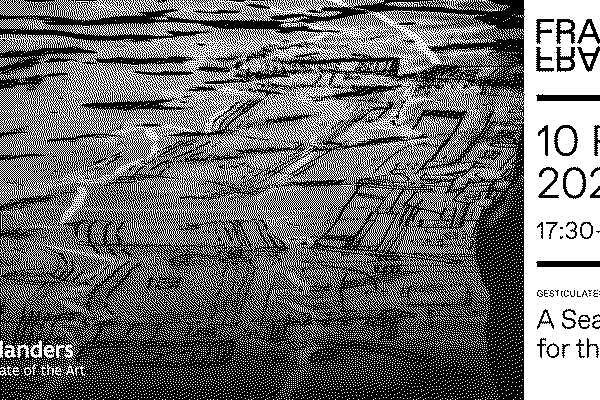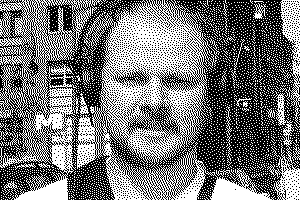Underwater Sound North Sea
Stijn Demeulenaere described his search for underwater sound in the North Sea and the confrontation with the increasing noise pollution. He used audio samples and noise maps.
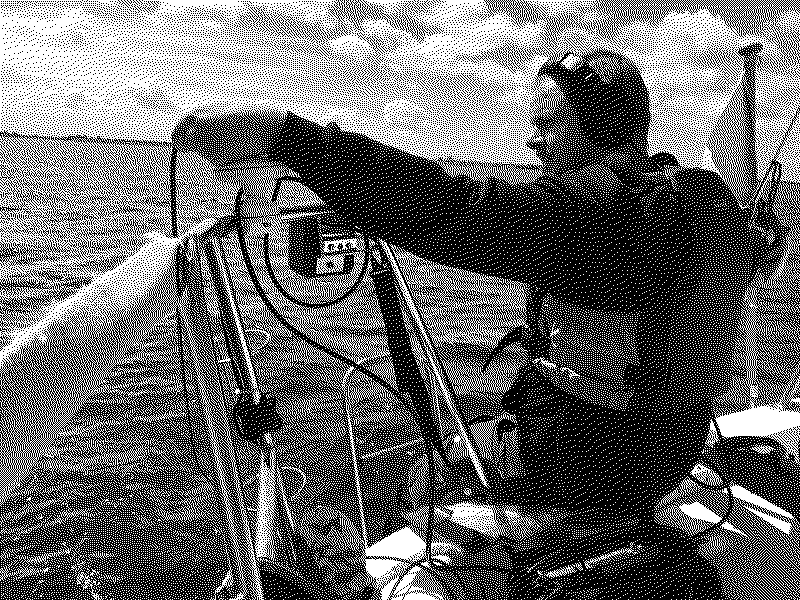
Stijn Demeulenaere made underwater sound recordings at the southern and northern borders of the North Sea: first along the coast of Belgium, from Grevelingen, over the Western Scheldt, Zeebrugge and Ostend, right up to Dunkirk. Then Stijn travelled to Norway to make more recordings in the waters around Bergen.
In our North Sea, under water, sight is limited, often just a few meters. At most it is about 30 meters. Sound however travels much much further under water. For this reason it is central to a lot of the marine life, for communication, navigation, foraging and mating. A true sonic world, a language that is mysterious to us, and often beyond comprehension.
However, The North Sea is one of the busiest in the world, almost every inch of it knows some form of human occupation. And therefore the North Sea is also one of the loudest in the world, human sounds blanketing the whole sea floor. Noise from the countless ships, but also drilling, oilrigs, the construction of wind farms, fishing, and fish farms. At the moment researchers are trying to figure out what a normal baseline for background noise could be, and how it might affect wildlife. Some of the research is done with the aim of trying to regulate, and subdue, the human noise in our waters.
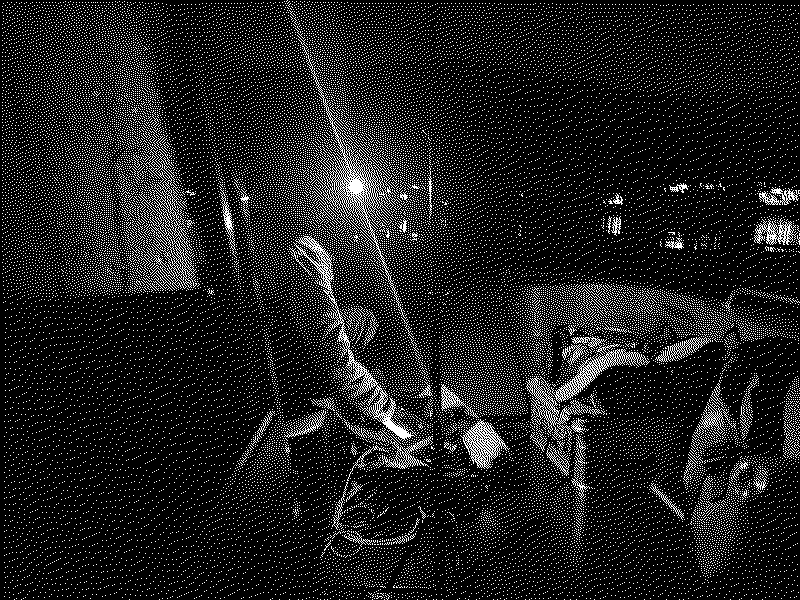
Zijlijn / Linea Lateralis is an artistic research into the relationship between the biophony (sound made by marine life), and the antropophony (sound springing from human activity). Stijn Demeulenaere made underwater sound recordings at the southern and northern borders of the North Sea: first along the coast of Belgium, from Grevelingen, over the Western Scheldt, Zeebrugge and Ostend, right up to Dunkirk. Then Stijn travelled to Norway to make more recordings in the waters around Bergen.
Stijn brings these sounds together in a piece that, true to form, explores a lateral spatialisation of these sounds. Zijlijn brings these sounds into a custom setup of 6 speakers on a line. The installation explores variations in both small and large movements in sound, giving the spectator the choice to come up close or stay at a distance experience the composition, and the balance between biophony and antropophony anew with every new listening position. The spectator is basically his or her own fader.
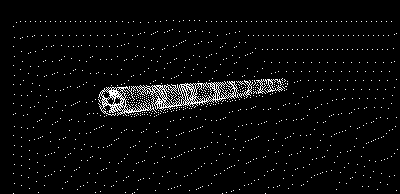
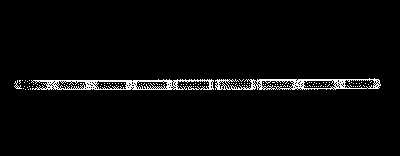
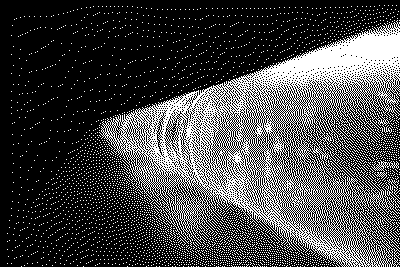
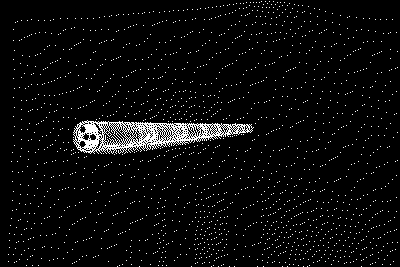
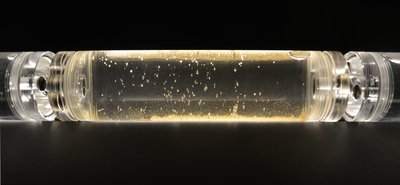
Zijlijn - Stijn Demeulenaere
5 items
The line of speakers is confronted by another line: 9 seawater samples of the recording locations held in plexi containers form a line standing in front of the speakers, right in the soundfield, evoking the envelopment of the sea in an ocean of noise. This is further illustrated by 3 maps that hang in the space. One map showing the North Sea before motorized travel had arrived, and two noise maps, showing the original situation.
The title of the installation, Zijlijn or Linea Lateralis, refers to the organ in certain fish that detects pressure variations in the water, and is connected to their hearing. This linea lateralis evolved from the same proto-organ that our own ears evolved from. The composition brings together manmade sounds with the biophony Stijn was able to record. Zijlijn / Linea Lateris brings an evocation of all the sounds Stijn heard on his recording expeditions. Zijlijn wants the audience to experience the relationship between manmade sounds and the sound of marine life. It's apparent the relationship is a difficult one.
